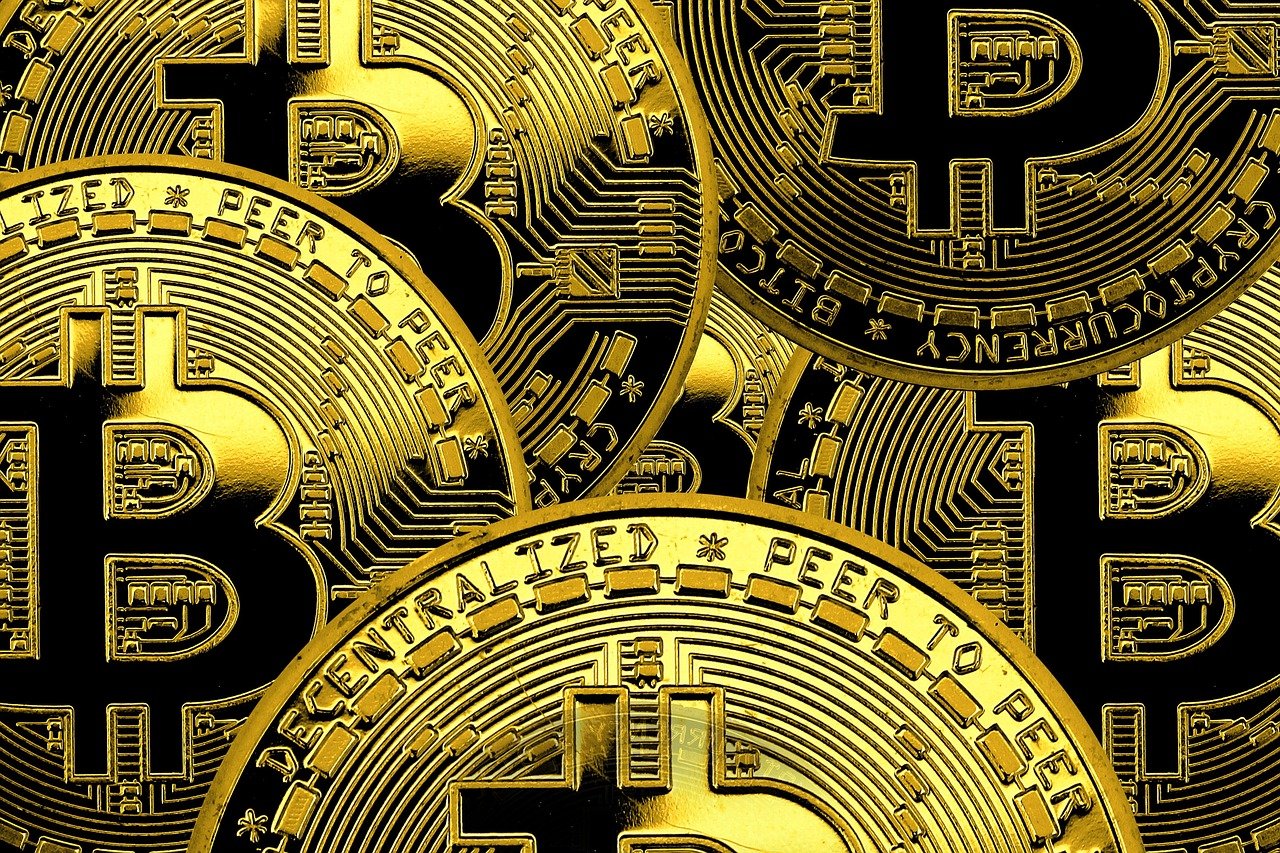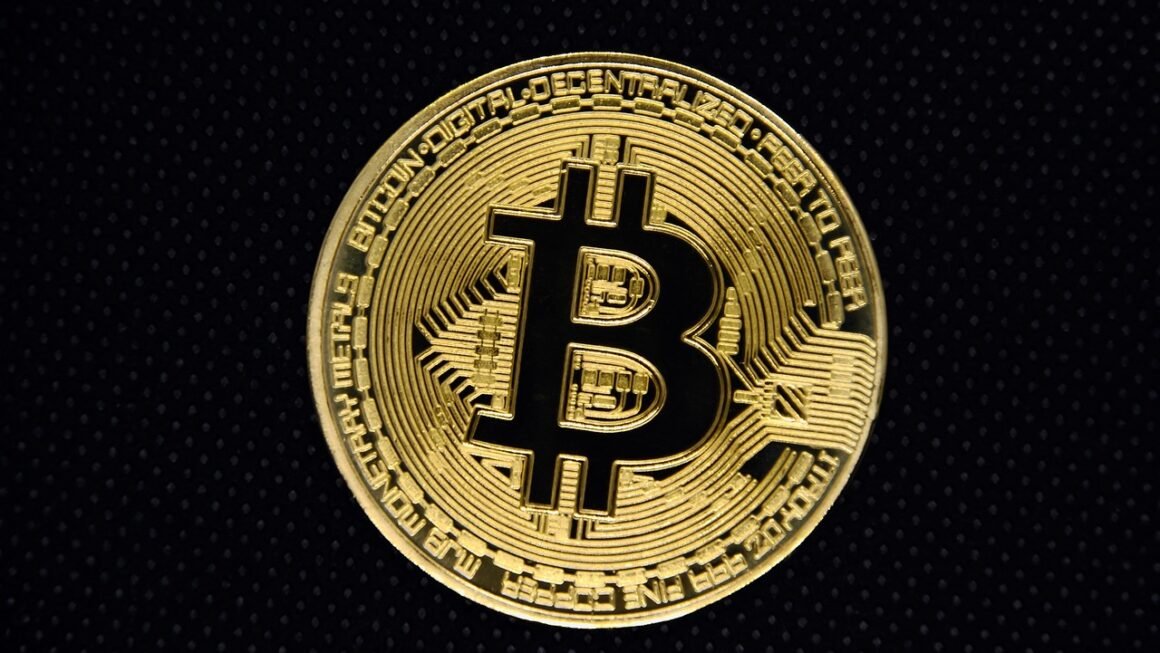In the rapidly evolving world of decentralized finance (DeFi), liquidity pools have emerged as a foundational element, facilitating seamless trading and investment opportunities. These pools have transformed how digital assets can be traded by providing users with a decentralized, streamlined method of exchanging cryptocurrencies. As DeFi continues to gain traction, understanding liquidity pools becomes imperative for anyone interested in the world of blockchain and decentralized applications.
What are Liquidity Pools?
At their core, liquidity pools are collections of funds locked in a smart contract, which are used to facilitate trading on decentralized exchanges (DEXs). Unlike traditional exchanges that rely on order books to match buyers and sellers, liquidity pools utilize these funds to enable instant trades.
Defining Characteristics
- Smart Contracts: Liquidity pools are managed by smart contracts, allowing for automated management of funds and trades.
- Decentralization: Users can contribute to pools in a decentralized manner, ensuring that no central authority controls the assets.
- Incentive Structures: Most liquidity pools offer incentives for users to contribute, often in the form of trading fees or native tokens.
How Liquidity Pools Work
Understanding the mechanics of liquidity pools is essential for appreciating their impact on decentralized trading. Here’s a breakdown of how they function:
Providing Liquidity
Liquidity providers (LPs) deposit an equivalent value of two tokens into a pool. For instance, in a USDT/ETH pool, an LP would need to deposit both USDT and ETH in equal nominal value.
Automated Market Making (AMM)
Liquidity pools leverage automated market making, whereby prices are algorithmically determined based on the ratio of tokens in the pool. This process eliminates the need for traditional buy/sell order matching.
Yield Farming
Many platforms allow users to engage in yield farming by providing their tokens to liquidity pools in exchange for rewards.
- A percentage of transaction fees generated during trades.
- New tokens distributed as incentives.
Benefits of Liquidity Pools
Liquidity pools offer various advantages for both traders and liquidity providers, including:
- Enhanced Liquidity: They ensure that users can trade assets without significant price slippage.
- Passive Income: Users earn rewards simply by supplying assets to a pool.
- Accessibility: Anyone can participate, which democratizes investment opportunities.
- Diverse Options: Users can choose from a wide range of liquidity pairs.
Risks of Liquidity Pools
While liquidity pools provide numerous benefits, they come with associated risks that potential traders and investors should be aware of:
Impermanent Loss
One of the most notable risks faced by liquidity providers is impermanent loss, which occurs when the price of assets in the pool diverges significantly. Here’s what to keep in mind:
- Impermanent loss can be mitigated by selecting less volatile assets.
- Rewards earned can sometimes offset these losses.
Smart Contract Vulnerabilities
As with any blockchain technology, flaws in the code can lead to potential exploits:
- Always review the reputation of the platform and its smart contracts.
- Consider using platforms with audits from reputable firms.
Practical Examples of Liquidity Pools
Let’s explore a couple of real-world examples to illustrate the concept:
Uniswap
Uniswap is one of the most renowned DEXs utilizing liquidity pools. Users can create or contribute to existing pools, like ETH/USDC, earning a portion of transaction fees in return.
PancakeSwap
Built on Binance Smart Chain, PancakeSwap operates similarly to Uniswap but offers lower transaction fees. Users can stake liquidity tokens to earn additional rewards in the form of CAKE tokens.
Conclusion
Liquidity pools have become a cornerstone of the DeFi ecosystem, providing the necessary liquidity for decentralized trading and the opportunity for passive income through yield farming. Understanding how these pools work, their benefits and risks, as well as examining practical applications like Uniswap and PancakeSwap, equips traders and investors with the knowledge needed to navigate this dynamic landscape. As DeFi evolves, liquidity pools will likely remain a fundamental aspect, shaping the future of trading and investment in the digital age.




